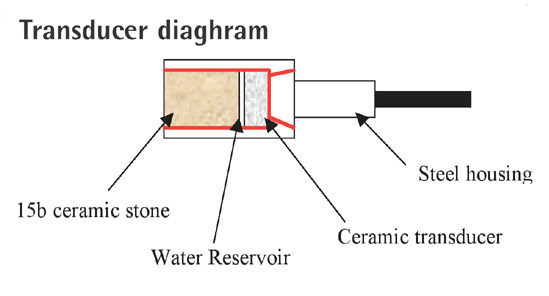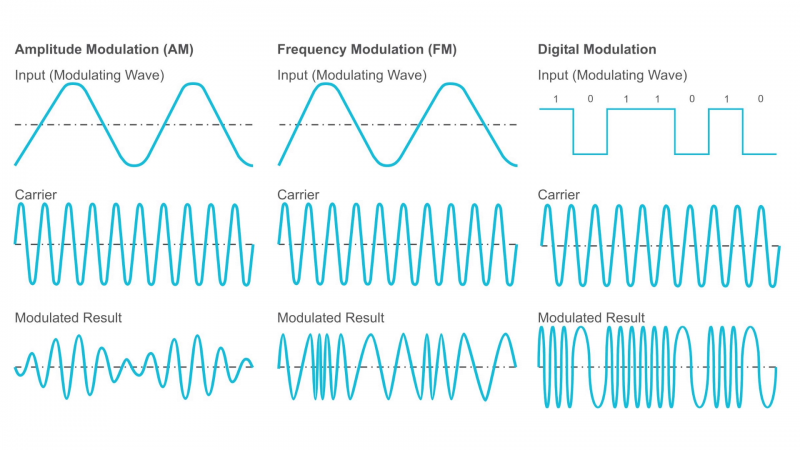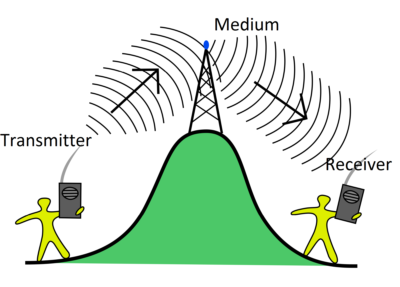Electronic Communication Systems- Basic Terminology:
With the previous article on the basics of electronic communication systems. you have some idea about what a communication system comprises of. But that is merely scratching the surface of a vast field of science. Let’s dive deeper and take a look at some terms involved in Electronic Communication that you’ll need as we go further.
Signal:
Information converted into an electrical form suitable for transmission is called a signal. There are two types of signals; Analog and Digital. Analog signals are continuous variations of current and voltage whereas digital signals are those that have discrete stepwise value (0 = Low, 1 = High)
Transducer:
Any device that converts one form of energy into another can be called as a transducer. In electronic communication system, it mainly refers to a device that converts a physical variable (pressure, sound, force, temperature, etc) into its respective electrical signal and gives it as an output. A mechanical input is converted into a format which can be understood by the electrical system. The mouth piece on the phone is a transducer which converts the sound waves into electrical signals.

Attenuation:
The loss of quality and strength of the signal while travelling through the channel/ medium during electronic communication is known as attenuation.
Amplification:
The process of increasing the amplitude of a signal using an electronic circuit is called amplification. Amplitude refers to the strength of the signal. The electronic circuit used for amplification is called an amplifier. Whenever the distance between the source and receiver becomes too large such that the signals reaching the receiver are too weak, the addition of an amplifier in between the two can ensure that the receiver receives strong signals.
Bandwidth:
Bandwidth refers to the frequency range over which the signal is transmitted or the range over which the equipment operates.
Modulation:
Most of the information/ messages are generated at low frequencies but such frequencies experiences heavy attenuation and hence their range is severely hampered. To overcome this problem, the original low-frequency information is superimposed on a high-frequency carrier wave which carries the information. This process is called modulation and there are several types of it, namely AM, FM and PM.

Demodulation:
The process of extraction of the original information from the modulated signal at the receiver is termed as demodulation. This process is basically the reverse of modulation.

Repeater:
A repeater is a combination of a transmitter and a receiver. A repeater picks up the signals transmitted by the transmitter, amplifies and then re-transmits it. In doing so, it is both receiving and transmitting. Repeaters are mostly used to extend the range of an electronic communication system.
